Description
Stipa tenuissima (Mexican Feather Grass, Texan Needle Grass)
(Stipa tenuifolia, Nassella tenuissima) Needle thin foliage forms an arching fountain which only get more diaphanous when the feathery inflorescences appear throughout Summer. Being short it is really easy to slip in all through the garden and looks at its best if you can get it back lit by the westering sun. Lovely to set off the showy daisies of Summer. Don’t cut back this grass in Autumn or Winter to avoid die back. Comb it out in Spring to freshen it up. Native to steppes in Texas down through Mexico to Argentina
Stipa
Stipa are widespread across the globe, coming from the steppes of Southern North America down through Mexico to Argentina, the Mediterranean coast of Europe and Africa and Australasia. They grow in any reasonable soil, preferring full sun. They are prized for the airy form of their inflorescences which dry well for Winter decoration providing they are cut early. If left on the plant they provide valuable Winter food for finches. Divide in the first half of the year to give them chance to recover before the wet and cold of Winter. They also dye well. Stipa comes from the Latin stipa, meaning tow or oakum. This was a fibre made by teasing apart old ropes and used for caulking joints on ships.
All grasses fall into one of two categories, the cool season grasses and the warm season grasses. This refers to the time at which they are in active growth and is a reflection of their underlying biology. It makes a difference to the gardener in that it points to the time of year when it best to propagate and plant your grass. It is most relevant to the warm season grasses which are in active growth only from later in Spring through Summer and particularly resent being split outside of their active growing season. Warm season grasses include Hakonechloa, Imperata, Miscanthus, Panicum and Pennisetum. Cool season grasses include Calamagrostis, Carex, Deschampsia, Festuca, Hordeum and Molinia.
The Cool season grasses are more correctly the C3 grasses, reflecting the fact that they fix carbon from the atmosphere into an initial 3 carbon molecule. This is the metabolic pathway that was earliest to develop and is used by most plants. It uses light to combine Carbon Dioxide and Water with ribulose bisphosphate (a 5 carbon compound) to form 2 molecules of 3-phosphoglycerate, a 3 carbon molecule. It works best under cooler condition but has the disadvantage that the enzyme that moderates the reaction also wastefully combines some Oxygen instead of Carbon Dioxide.
In a later development, the C4 pathway evolved in grasses in warmer climates. They still posses the C3 pathway but also use a method of combining ribulose bisphosphate into a 4 carbon product. This, however requires higher concentrations of Carbon Dioxide which the plants achieve by concentrating it in specialised structures called Krantz Anatomy. This process can fix more carbon from the atmosphere but requires additional energy to concentrate the Carbon Dioxide. Hence it is only possible in warmer conditions.
For those interested, these pathways are 2 of only 3 pathways used to fix carbon from the atmosphere into biomass and hence the turn the Sun’s energy into the overwhelming majority of food on Earth. (There is a minor amount of biomass created through chemical degradation of sulphur compounds around deep sea vents). The 3rd method of Carbon fixing is CAM or Crassulaceous Acid Metabolism which is described under the entry on Sedums. It is method that allows Carbon trapping under much drier conditions.

















































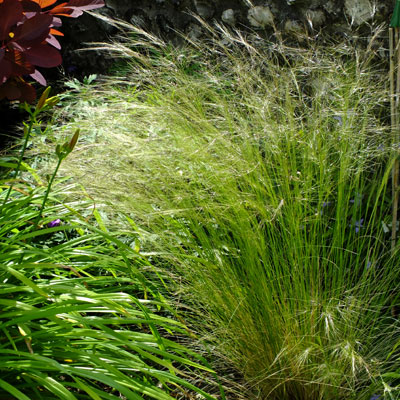

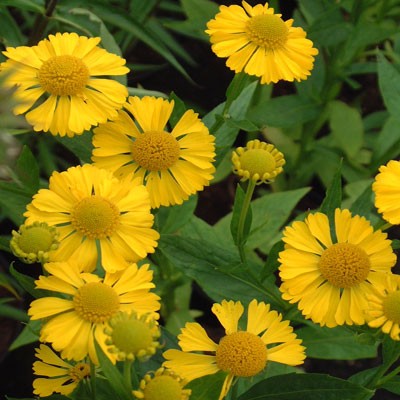
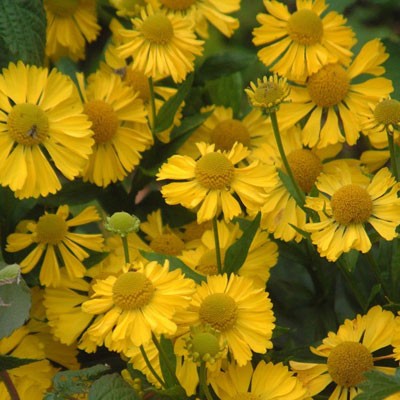
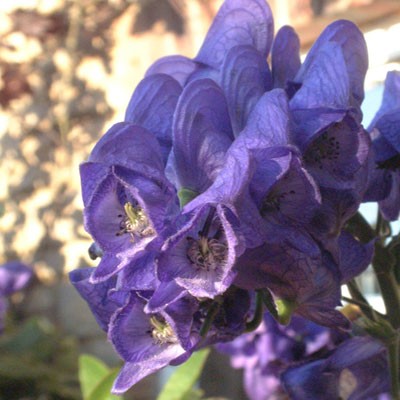
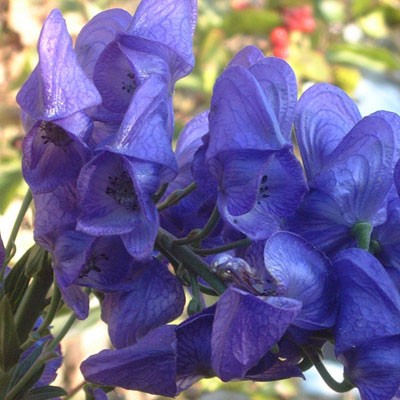
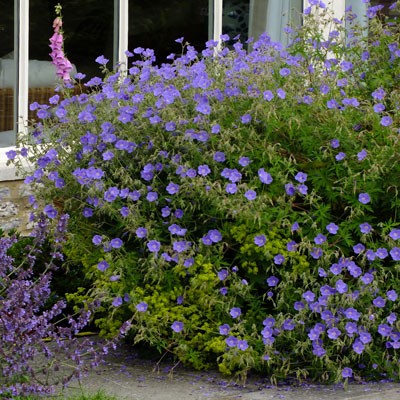

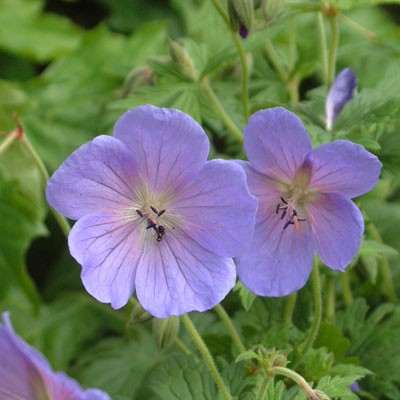
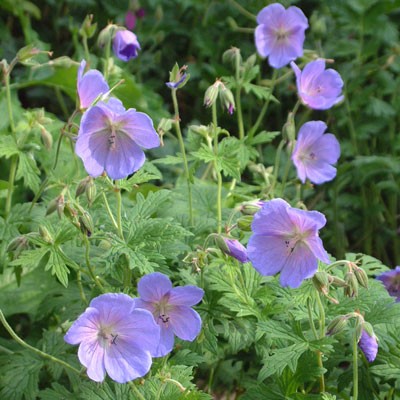
Reviews
There are no reviews yet.